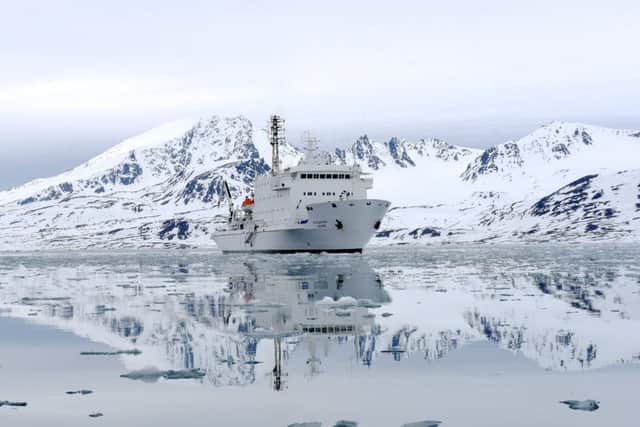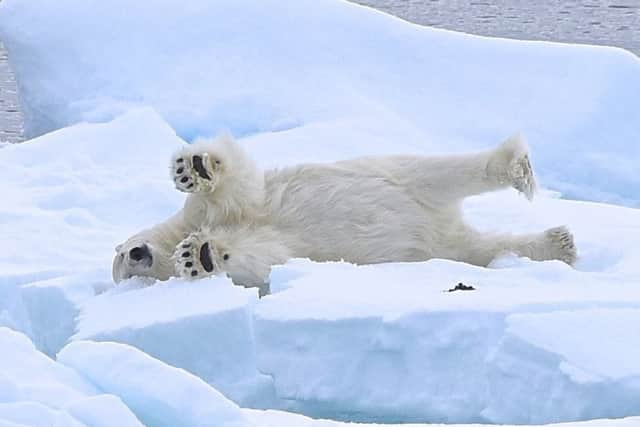Travel: Cruising in the Arctic


I was travelling on the ice-strengthened Akademik Ioffe, a working research vessel commissioned by One Ocean Expeditions for their cruises into the polar regions. This ship’s stability makes for a comfortable voyage, especially in rough seas, and its high classification allowed us to approach the edge of the pack ice in safety and comfort. The ship had carried us north from the town of Longyearbyen and along the west coast of Spitsbergen island, part of the Svalbard archipelago, as far as the ice would allow.
Norway’s collective name for its island possessions in the Arctic Sea is Svalbard (meaning cold coasts) and Longyearbyen sits at the heart of this archipelago, 707 nautical miles south of the North Pole. At the end of the 19th century it was a base for airship launches to the North Pole, and for coal mining, but today it is mostly a base for research, expedition cruises and tourism, with a few mines still in operation.
Advertisement
Hide AdAdvertisement
Hide AdWith Spitsbergen and the Svalbard archipelago under six hours away from Scotland by plane, via Oslo, the region offers the closest and most accessible extreme tundra-type topography available, a tremendous wildlife and birdlife experience, and a fascinating lesson in glaciology.


It was summer in the Arctic (winter spans from October to May, with February and March being coldest and dropping to minus 14) and the animals were enjoying milder temperatures that climb to six degrees. But still early in the season and snow covered, the Arctic landscape looked dramatic and with animals and birds just starting to breed, there was more chance of seeing bears on the ice. I’d come here in search of wildlife – polar bears, to be precise – and at this time of year the bears spend their days travelling the blinding white “fast ice” attached to the shore hunting for seals.
About 60 per cent of Svalbard’s land area is covered by ice, the glaciers being among the most beautiful of natural phenomena. The explosive sound of one calving had signalled the start of our day and we drove the Zodiac (small inflatable boat) within half a kilometre of the glacier. A 40-metre-high chunk of ice fell from the frozen mass, smashing into the water and creating a small tsunami that rocked us. If one should fall in, it’s unlikely they’d survive for more than five minutes before hypothermia set in. With the water still again, the towering ice was reflected perfectly across the mirror-like surface once more.
Most days were organised in the same way. After breakfast, guests gathered in the Mud Room, where wet-weather gear for Zodiac excursions was kept. After spending a few hours on land or cruising around in the Zodiacs exploring the shore or glaciers, we returned to the ship for lunch, and another afternoon outing into the wilds.